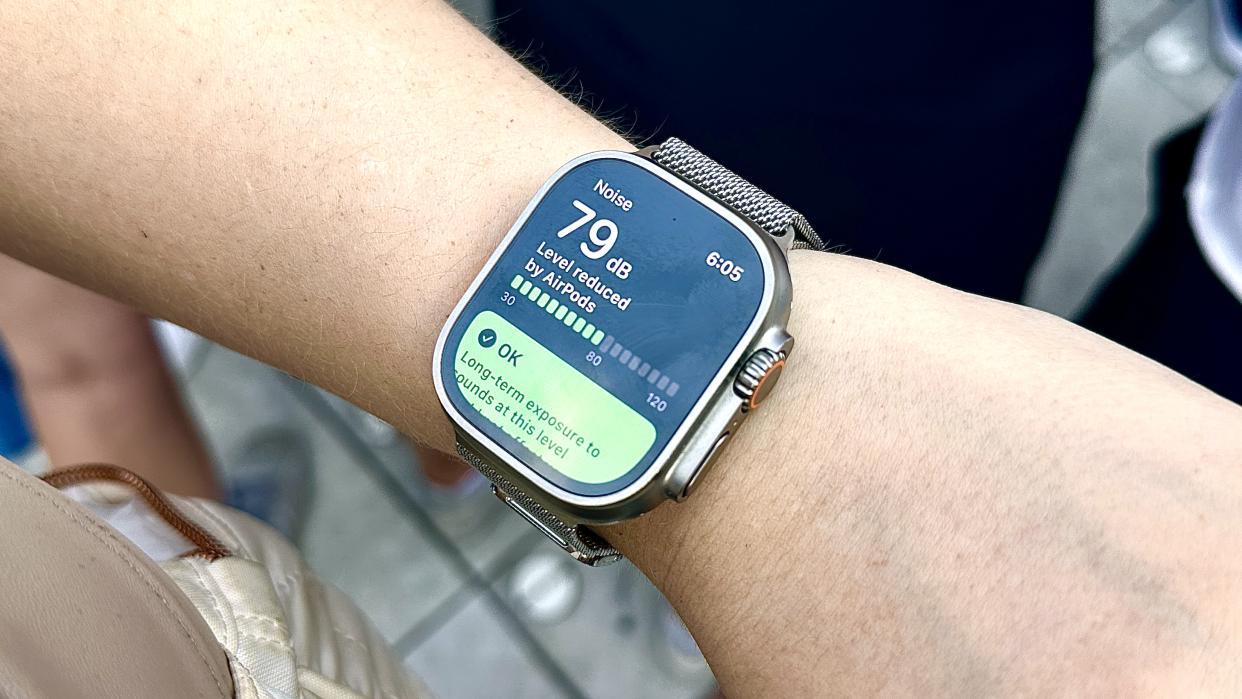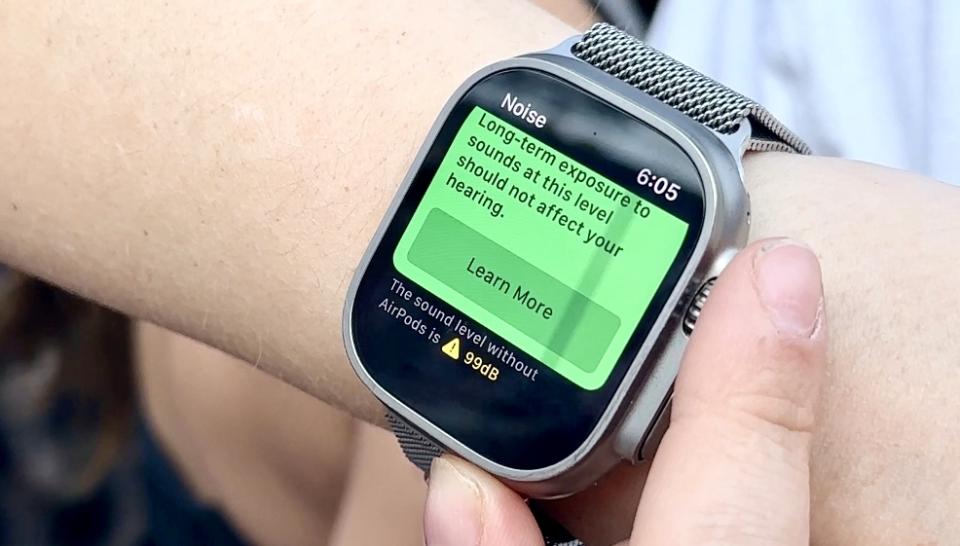I used AirPods Pro instead of ear plugs at a concert — here’s what happened

Bass strong enough to make you vibrate, vocals loud enough that you can’t hear your own voice singing along, epic guitar riffs that ring in your ears for days after the curtains close — these are some of my favorite feelings about attending live concerts, but they’re also ones that could have long-term impact on my ear health.
While the latest update from the Apple Hearing Study sheds light on factors to be aware of regarding dangerous noise level exposure among different demographics, it’s Apple’s noise-cancelling AirPods that actually empower users to protect their ears. The AirPods Pro 2 earbuds have a noise-limiting feature called Adaptive Transparency that, if you ask me, doesn’t get the attention it deserves.
Protective earplugs have long offered a solution to safer concert-going. Products like Loop Earplugs and Vibes Hi-Fidelity Earplugs are wholly dedicated to the cause. If you’re willing to spend a bit more, you could do as performing musicians do and even get a pair custom made to fit your ears.
But I wanted to see if the wireless earbuds I already own could protect my hearing, too. I brought my AirPods Pro 2 to my floor seats of a recent stadium show to find out whether using Adaptive Transparency mode is a good way to enjoy a concert without sacrificing my ear health.
AirPods Pro 2 Adaptive Transparency mode — hearing the difference
Transparency mode, available on many of the best noise-cancelling earbuds and best noise-cancelling headphones, maintains audio pass-through using the built-in mics to recreate surrounding sounds. Adaptive Transparency takes things one step further by automatically limiting ambient noise that exceeds safe decibel readings.
Once the concert started, it took my Apple Watch Ultra less than 5 minutes to buzz my wrist with a “Loud Environment” warning. Exposure to sound levels that hit or surpass 95 decibels for even just 10 minutes can cause temporary hearing loss, so I didn’t hesitate to pop my AirPods Pro 2 in. (Since they’re rather compact, they fit my stadium-approved bag with no issue.)

The Apple Watch is able to reflect the noise level exposure I’m experiencing instead of the environmental noise level when connected to AirPods. So, I could see that my noise exposure lowered to the 75-to-85 decibel range thanks to Adaptive Transparency, which is safer for long-term listening.
I spent the concert just a few rows back from the stage, so it didn’t surprise me that the sound levels did spike back up to the 90-decibel range at certain moments of the show. I would’ve been curious to move about the stadium or farther back from the stage to see if there’s lower noise exposure, but if I gave up my spot on the floor I’d never get it back.
Still, since I’ve started to recognize hearing health as a part of my overall health, I think I’ll take stage and speaker proximity into consideration when buying seats for future shows. There’s nothing like rocking out to live music, but I prefer to do so with my hearing intact for many years to come.
Disclaimer: While AirPods were able to reduce the noise level in this example, we still recommend people seek medical advice for their own needs before trying this for themselves. AirPods are not designed to replace dedicated ear protection, and Apple doesn't market them as such.
We have contacted an audiologist for further insight.

